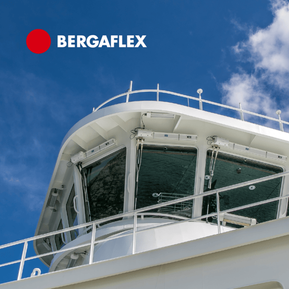The NGO Shipbreaking Platform has participated in the 2018 Vicino/Lontano Festival, which was held from 10 May to 13 May in Udine, Italy.
The Vicino/Lontano Festival has, since its very beginning, been closely linked to the figure of journalist and writer Tiziano Terzani, to whose memory the Festival’s annual literary prize is dedicated. It encompasses a broad range of initiatives and events, including debates, discussion forums, seminars, lectures, exhibitions, performances and screenings.
Scholars, journalists, writers and artists of international renown gather together to analyze the economic, social, cultural, and geopolitical trends currently impacting our globalized world, and, in the process, attempt to reach a better understanding of the forces and mechanisms driving global change and how these are likely to shape future realities.
The photo exhibition ‘With Bare Hands – The human and environmental costs of shipbreaking’, an extract from a web documentary done by Tomaso Clavarino and Isacco Chiaf, was the Platform’s entry to this year’s festival edition that focused on global inequalities.
In 2016, Clavarino, journalist and photographer, and Chiaf, video maker and graphic designer, travelled to Bangladesh and India, where dirty and dangerous scrapping is conducted on the tidal beaches of Chittagong and Alang. With texts, infographics, videos, photo-essays, interviews and maps, they have been able to show how shipbreaking activities are contributing to the destruction of the ecosystem and negatively affecting the lives of thousands of people.
The official inauguration of the exhibition took place on 11 May at the gallery MAKE. With the presence of Vicino/Lontano’s vice-president and the City Councillor responsible for culture, Clavarino and Nicola Mulinaris, the Platform’s communication officer, introduced the audience to the topic of shipbreaking, highlighting its international dimension and negative impacts.
“What impressed me the most during the days spent in Bangladesh and India, besides the extremely inhuman working conditions and evident pollution, was the difficulty to access this industry. That journalists and photographers are not welcome was clearly communicated. We still managed to penetrate this extremely closed industry – and the devastating stories we documented cannot be ignored”, said Tomaso Clavarino.
